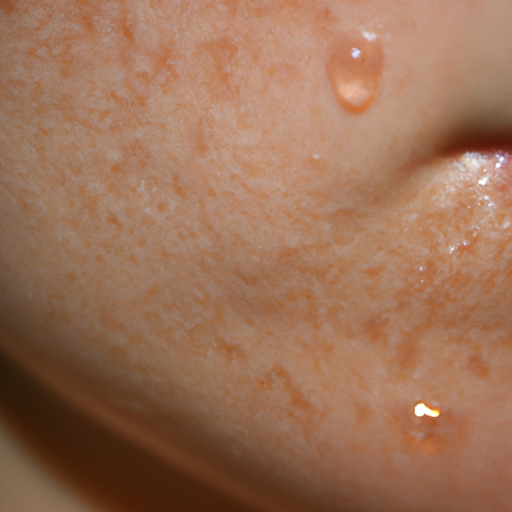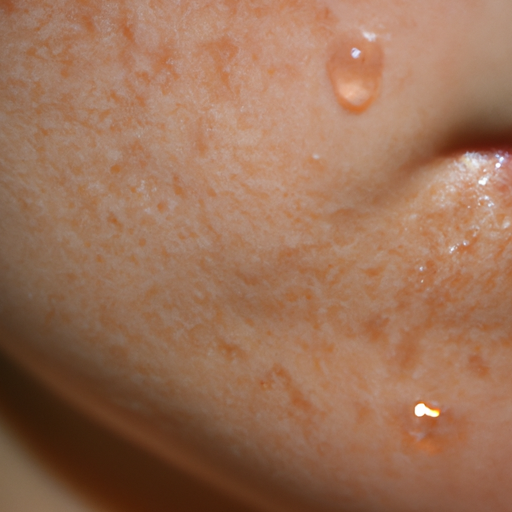As a dermatologist, I have encountered countless patients who struggle with oily skin. The glossy sheen that characterizes this skin type is often a source of frustration, leading many to seek professional help. It is essential to understand that oily skin is not a flaw, but a skin type that requires specific care and attention. This article aims to provide a comprehensive guide to diagnosing and treating oily skin, unmasking the gloss and revealing the potential for healthy, balanced skin.
Oily skin is primarily caused by overactive sebaceous glands, which produce excess sebum – a naturally occurring oil that moisturizes and protects the skin. While sebum is crucial for skin health, too much of it can lead to a shiny appearance, enlarged pores, and an increased likelihood of acne and blackheads. Genetics, hormonal fluctuations, stress, and environmental factors can all contribute to increased sebum production.
Diagnosing oily skin is relatively straightforward. If your skin often appears shiny, feels greasy to the touch, or if you frequently have blackheads or pimples, you likely have oily skin. However, it’s always best to consult with a dermatologist for an accurate diagnosis. We can assess your skin type and condition using advanced tools and techniques, providing a more comprehensive understanding of your skin’s needs.
Once diagnosed, the next step is treatment. The goal is not to eliminate oil entirely but to balance sebum production and manage symptoms. Here are some strategies we recommend:
1. Use oil-free and non-comedogenic products: These products won’t clog your pores or add extra oil to your skin. Look for these labels when buying skincare and makeup products.
2. Cleanse gently: Over-cleansing can strip the skin of its natural oils, causing it to produce even more sebum in response. Use a gentle, pH-balanced cleanser designed for oily skin.
3. Exfoliate regularly: Exfoliation helps remove dead skin cells that can clog pores and increase oiliness. However, be careful not to overdo it, as this can irritate the skin and trigger more oil production.
4. Stay hydrated: Drinking plenty of water and using a lightweight, oil-free moisturizer can help maintain your skin’s hydration levels without making it greasy.
5. Consider professional treatments: If your oily skin is causing significant distress or leading to severe acne, professional treatments like chemical peels, laser therapy, or prescription medications may be beneficial.
6. Maintain a healthy diet: Certain foods, particularly those high in sugars and fats, can stimulate sebum production. A balanced diet rich in fruits, vegetables, lean proteins, and whole grains can help regulate oil production from the inside out.
Remember, each person’s skin is unique, and what works for one person may not work for another. It’s crucial to consult with a dermatologist before starting any new skincare regimen or treatment.
Oily skin can undoubtedly be challenging to manage, but with the right care and attention, it’s entirely possible to achieve a healthy, balanced complexion. The key is understanding your skin’s needs and treating it with kindness and respect. So let’s unmask the gloss and embrace the natural beauty of our skin in all its forms.




